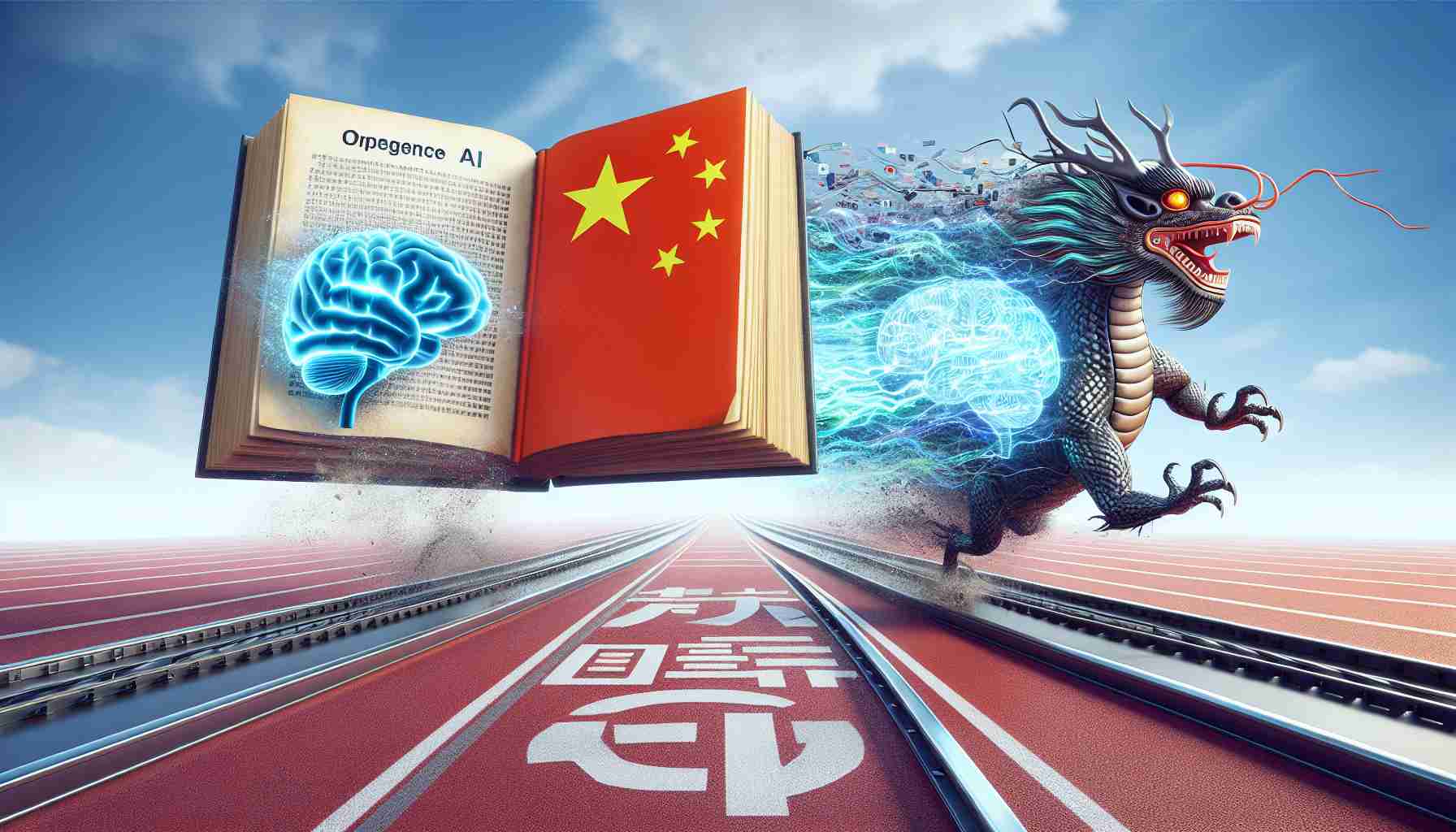Introduction
China, known for its rapid advancements in technology, is now seeking to catch up with OpenAI in the wider U.S. AI market. Although China lags in foundational large language models dominated by OpenAI and Google’s Gemini, it is making strides by utilizing open-source LLMs such as Meta’s Llama 1. With restrictions on U.S. export of advanced chips hindering its AI acceleration, China is ramping up efforts in chip development, aided by market giants like Huawei. Moreover, China possesses a vast pool of AI talent, with significantly more undergraduate degrees in AI compared to the U.S.
Key Points
– China is making efforts to catch up with OpenAI in the broader U.S. AI market shaped by tech titans Microsoft, Google, and Amazon, as well as well-financed startups like Anthropic.
– The gap between China and the U.S. in the fast-moving field of AI is significant, but Chinese contenders are improving upon the U.S. model using Meta’s open-source Llama 1, despite being one to two years behind the current leaders.
– China’s investment in gen AI companies has seen a decline due to restrictions on U.S. venture investment into China. However, new Chinese gen AI market entries have the potential to reach mass adoption quickly.
– China leads the U.S. in producing top-tier AI researchers based on undergraduate degrees, signaling the nation’s potential to make a significant impact on the AI rivalry in the coming years.
– Several Chinese companies, including Baidu, Alibaba, ByteDance, and Tencent, are funding AI development and aiding the effort to catch up with OpenAI.
– U.S. restrictions on exporting high-end AI chips have limited China’s AI development, as it heavily relies on foreign hardware, especially from U.S. companies like Nvidia.
– The ongoing tensions between the U.S. and China over technology innovation and national security issues are leading to a split in gen AI development, resulting in two parallel ecosystems for gen AI.
Frequently Asked Questions (FAQ)
Q: What is OpenAI?
A: OpenAI is a leading AI research laboratory founded by Elon Musk, Sam Altman, and others. It has developed advanced language models like ChatGPT.
Q: What are large language models (LLMs)?
A: Large language models are AI models capable of processing and generating human-like text.
Q: What is Meta’s Llama 1?
A: Meta’s Llama 1 is an open-source large language model utilized by Chinese contenders to bridge the gap with OpenAI.
Q: How does China compare to the U.S. in terms of AI talent?
A: China has nearly triple the number of AI undergraduate degrees compared to the U.S. However, the U.S. remains the leading destination for elite AI talent.
Sources
– CB Insights: [https://www.cbinsights.com/](https://www.cbinsights.com/)
– Dentons Global Advisors: [https://www.dentons.com/](https://www.dentons.com/)
– Paulson Institute: [https://www.paulsoninstitute.org/](https://www.paulsoninstitute.org/)
– TechBuzz China: [https://techbuzzchina.com/](https://techbuzzchina.com/)
– Analyse Asia: [https://analyseasia.com/](https://analyseasia.com/)
Industry Overview
The artificial intelligence (AI) industry in China is rapidly growing and expanding its presence in the global market. China is aiming to catch up with industry leaders like OpenAI in the wider U.S. AI market. Despite the significant gap between China and the U.S. in foundational large language models (LLMs), China is making strides by utilizing open-source LLMs such as Meta’s Llama 1. With restrictions on the U.S. export of advanced chips hindering its AI acceleration, China is ramping up efforts in chip development, with support from market giants like Huawei. China also boasts a vast talent pool of AI researchers, producing significantly more undergraduate degrees in AI compared to the U.S. [source]
Market Forecasts
China’s investment in general AI (gen AI) companies has experienced a decline due to restrictions on U.S. venture investment into China. However, new entries in the Chinese gen AI market have the potential to reach mass adoption quickly. As China continues to invest in AI development and foster innovation, it is expected that the Chinese AI market will grow exponentially in the coming years, with increased competition against U.S. counterparts. [source]
Industry Issues
One of the main challenges faced by China’s AI industry is the limited access to high-end AI chips due to U.S. restrictions on exports. China heavily relies on foreign hardware, especially from U.S. companies like Nvidia, which hinders its AI development. To overcome this issue, China is focusing on chip development and investing in homegrown technologies to reduce its dependence on foreign hardware. The ongoing tensions between the U.S. and China over technology innovation and national security issues are leading to a split in gen AI development, resulting in two parallel ecosystems for gen AI. These issues pose both challenges and opportunities for China’s AI industry. [source]
Related Links
– CB Insights: source
– Dentons Global Advisors: source
– Paulson Institute: source
– TechBuzz China: source
– Analyse Asia: source
The source of the article is from the blog j6simracing.com.br

